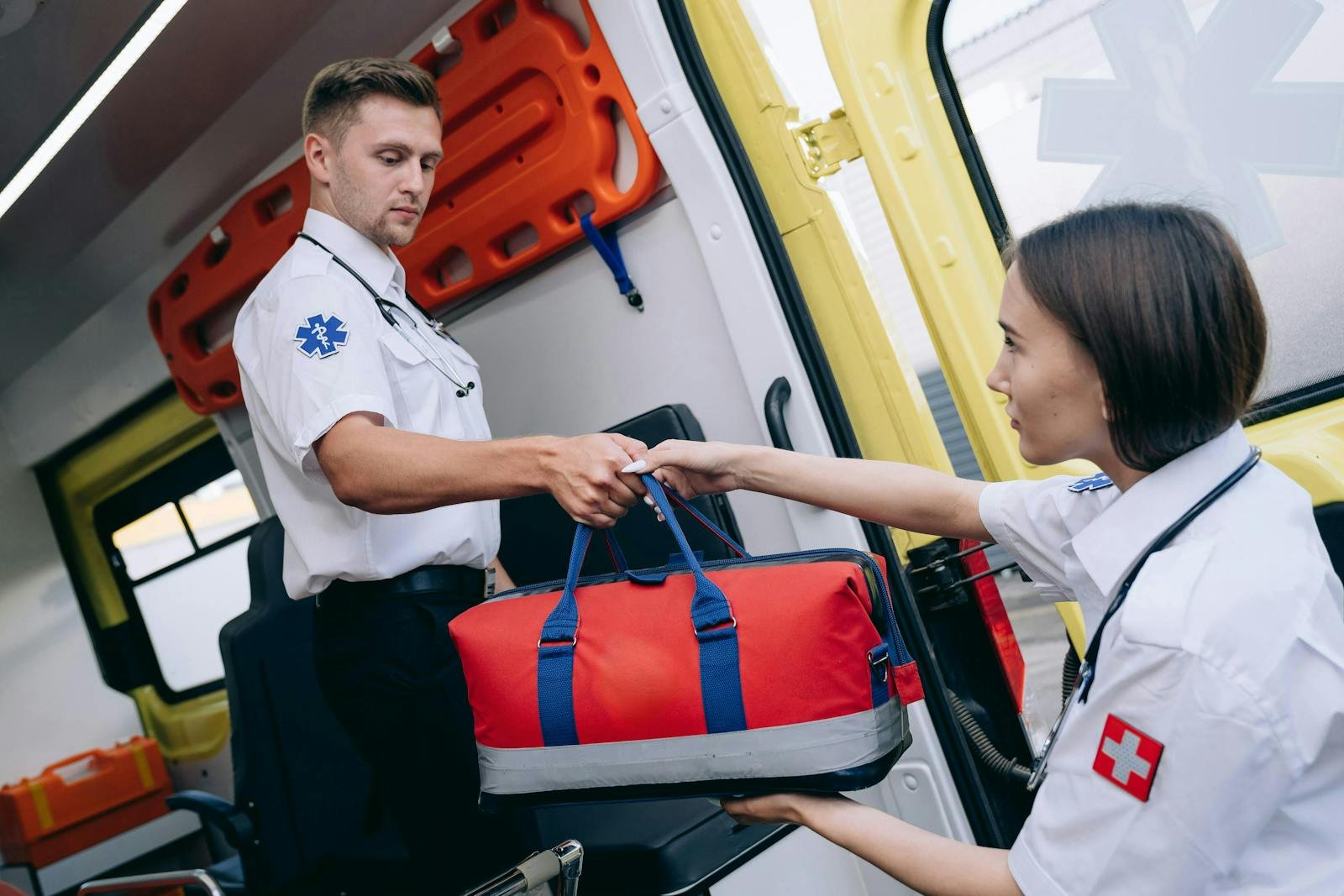The Hidden Complexity Behind Every Box
Ever thought about what it takes to ship a box of insulin or surgical masks across the country—or the globe? It’s not as simple as putting items in a box and slapping on a label. When it comes to medical supplies, the stakes are higher. Whether it’s temperature-sensitive vaccines or life-saving equipment, ensuring these items are shipped safely and legally is critical.
If you’re in logistics, healthcare, or e-commerce, understanding medical supply shipping regulations isn’t just a best practice—it’s a must. Let’s unpack what it really takes to stay compliant and ensure these vital products reach their destinations intact and on time.
What Are Medical Supply Shipping Regulations?
Medical supply shipping regulations are a set of federal and international rules that govern how medical items—ranging from pharmaceuticals to surgical tools—are transported.
They exist to:
- Protect public health
- Maintain the integrity of sensitive materials
- Prevent contamination or damage
- Ensure legal accountability
These rules can vary depending on the item, destination, and method of transport (ground, air, sea).
Who Sets the Rules?
Here are the primary regulatory bodies:
- U.S. Food and Drug Administration (FDA): Oversees safety and efficacy of medical devices and drugs.
- Department of Transportation (DOT): Regulates transportation safety.
- International Air Transport Association (IATA): Sets global air shipping standards.
- Occupational Safety and Health Administration (OSHA): Governs hazardous materials handling.
- Centers for Disease Control and Prevention (CDC): Provides guidance on infectious substances.
Learn more from the FDA | DOT Hazardous Materials Regulations
Types of Medical Supplies and Their Shipping Considerations
Different products call for different protocols. Here’s a breakdown:
1. Pharmaceuticals
- Require temperature control (cold chain shipping)
- Must be labeled with proper expiration dates and lot numbers
2. Medical Devices
- Require specific handling to avoid damage
- May need calibration checks before shipping
3. Hazardous Materials
- Include sharps, biohazards, or radioactive substances
- Must follow DOT and OSHA regulations
4. COVID-19 and Vaccines
- Require ultra-cold temperatures
- Often tracked in real-time for delivery assurance
According to a 2022 report from the World Health Organization, more than 25% of vaccines are compromised due to improper shipping practices.
Key Packaging and Labeling Requirements
Failing to package and label correctly can delay shipments—or worse, destroy sensitive cargo.
Best Practices Include:
- Use insulated shipping containers for temperature-sensitive items
- Clearly label contents with hazard symbols if applicable
- Include Material Safety Data Sheets (MSDS) when required
- Use tamper-evident seals for controlled substances
CDC guidelines on packaging infectious substances
Documentation You Can’t Skip
Shipping medical supplies involves more than just a bill of lading.
Required Documents Often Include:
- Commercial Invoice
- FDA Import/Export Declaration
- Certificate of Origin
- Air Waybill (AWB) or Bill of Lading (BOL)
- Temperature logs (for cold chain goods)
Missing just one document can hold up your shipment at customs or even result in penalties.
How to Stay Compliant and Avoid Penalties
Let’s be honest: compliance isn’t glamorous, but it’s absolutely critical.
Tips to Stay Ahead:
- Partner with a specialized freight forwarder experienced in medical logistics
- Audit your supply chain regularly to ensure adherence
- Stay current with changing regulations, especially during public health emergencies
- Invest in smart packaging that tracks temperature and humidity
- Train your staff on handling, documentation, and compliance protocols
Harvard Business Review emphasizes that resilient supply chains are built on proactive regulation management.
Common Pitfalls in Medical Supply Shipping
Even seasoned shippers can get tripped up. Watch out for these:
- Mislabeling hazardous goods
- Inadequate temperature control
- Using non-compliant carriers
- Incorrect or missing documentation
Avoiding these mistakes can be the difference between a successful delivery and a costly recall.
Conclusion: Precision Matters
Shipping medical supplies isn’t something you can afford to “wing.” Whether you’re moving diagnostic kits across state lines or critical medication to a disaster zone, following proper shipping regulations ensures safety, legality, and ultimately—lives saved.
If you’re not already partnering with a logistics provider experienced in medical supply compliance, now is the time to reconsider. It’s not just about logistics—it’s about responsibility.
FAQ: Medical Supply Shipping Regulations
Q1: What’s the biggest mistake shippers make with medical supplies? A1: Improper labeling or documentation, which can lead to customs delays or rejected shipments.
Q2: Do all medical supplies need to be temperature-controlled? A2: Not all, but many—especially pharmaceuticals and vaccines—do require cold chain logistics.
Q3: Can I ship medical supplies internationally without FDA clearance? A3: No. You typically need FDA export documentation and may need approval from the destination country.
Q4: What carriers are best for shipping medical supplies? A4: Carriers with experience in healthcare logistics like UPS Healthcare, FedEx Custom Critical, and DHL Medical Express.
Q5: How often do regulations change? A5: Frequently—especially in response to global events like pandemics. Staying updated is essential.





